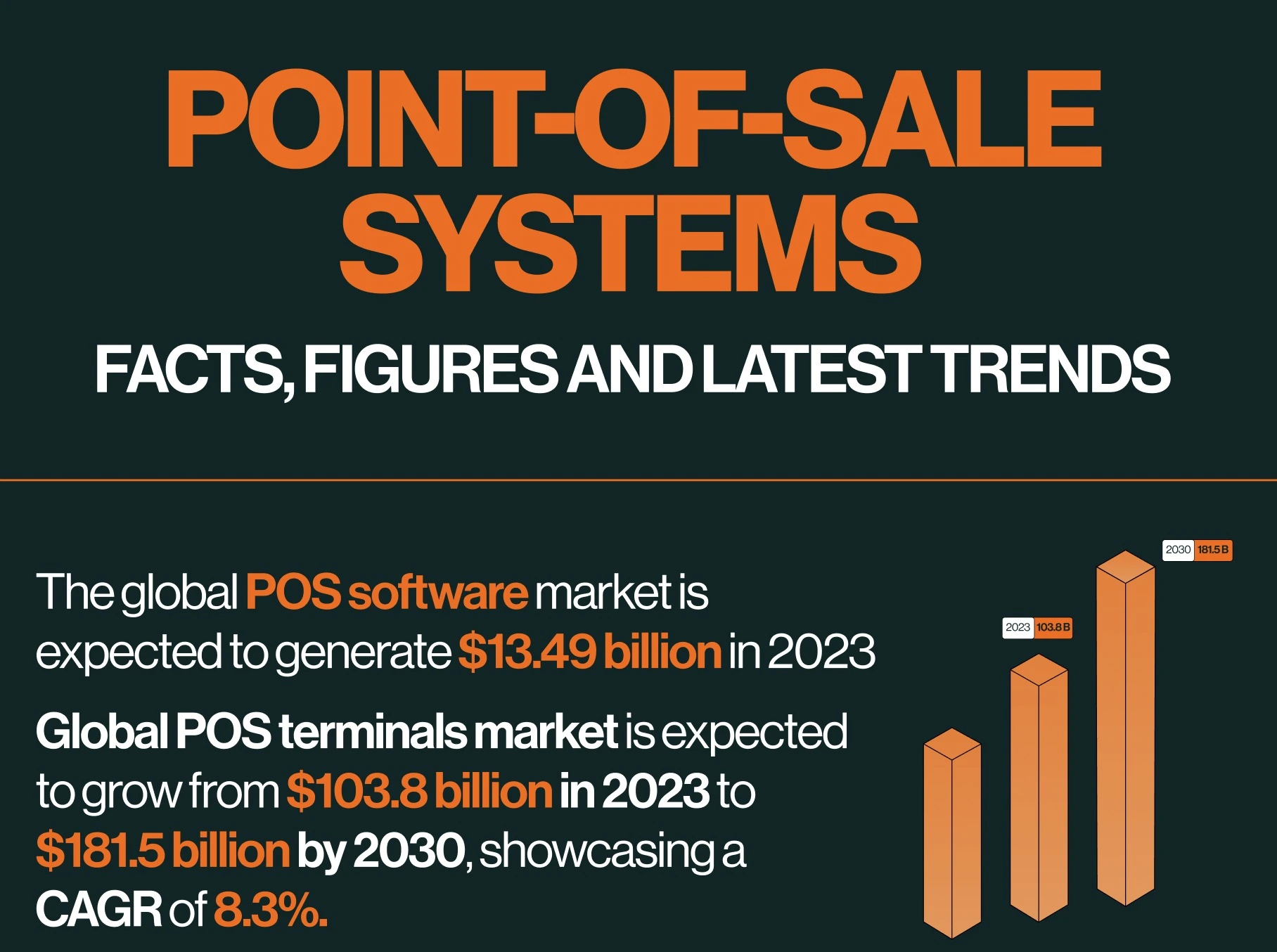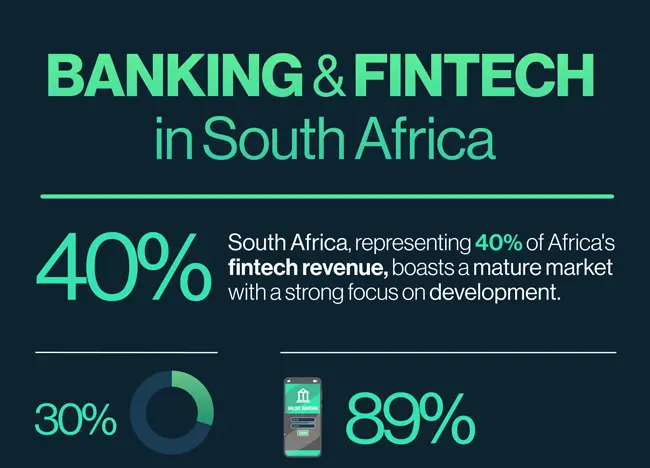The number of online shoppers in China is increasing every day, with China's online shopping spending expected to hit $1 trillion by 2020. Needless to say, no other country matches China’s online spending score at this point. This figure puts China as equivalent to the world's 16th largest economy today. About 18.9% of online shoppers in China prefer domestic third-party online payment. 16.6% favor paying via online banks, and 15.5% prefer to pay using credit cards offline.
Check out our infographic, “Statistics Of Online Payment Methods In China” for a thorough look into the various online payments methods favored by online shoppers in China. You will also learn about the market share enjoyed by third-party payment bodies in China, the top mobile apps used for making online payments and much more.

Infographic by GO Globe a web design Shanghai Company
To Publish this Image on your Blog or Website . Copy this code
Market Share Of Online Third-Party Payment Providers In China
| Third Party Payment Provider | Market Share |
| Alipay | 51.0% |
| Tenpay | 18.60% |
| Unionpay | 11.50% |
| 99Bill | 6.60% |
| Chinapnr | 5.40% |
| Yeepay | 3.20% |
| IPS | 2.70% |
| Other | 1.00% |
Estimated Third Party Online Payment Market In China (In Billion Yuan)
| Year | Estimated size (in Billion Yuan) |
| 2013 | 5,372.98 |
| 2014 | 7,436.89 |
| 2015 | 10,406.63 |
| 2016 | 14,143.96 |
| 2017 | 18,480.44 |
Top 5 Chinese Mobile Apps That Facilitate Online Payments
| Mobile apps | MAU (Monthly Active Users) (In Millions) |
| Alipay Wallet | 62.818 |
| Tenpay | 1.723 |
| Bestpay | 1.337 |
| Alipay | 0.998 |
| Lakala | 0.778 |
More than 80% of Chinese consumers prefer online payment methods when it comes to making cross-border payments.
Chinese Cross-Border Online Payment Method Preferences
| Payment Type | %Age |
| Domestic third party online payment | 53.9% |
| Credit Card online payment | 48.2% |
| Foreign third party online payment | 45.0% |
| Online bank payment | 50.6% |
| Mobile payment | 24.0% |






